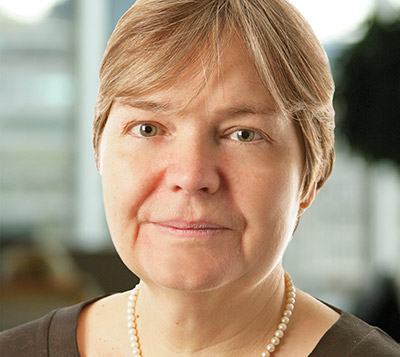The Financial Stability Board (FSB) defines shadow banking as “credit intermediation involving entities and activities (fully or partially) located outside of the regular banking system”. I think it is arguably far broader than that and should include liquidity transformation and the provision of a payments system. Shadow banking is expanding, reflecting the search for yield by investors and deleveraging by banks.
Shadow banking has been part of many financial crises in the past. In the 1970s and 80s, most ‘non-bank banking’ (or ‘shadow banking’ in today’s language) was linked in various countries to property lending. In the 2000s shadow banks became involved in more complex securitisation structures, such as retail mortgaged-backed securities. This involvement was central to the financial crisis. According to the FSB, the size of the shadow banking system grew from $26tn in 2002 to $62tn in 2007.
However, FSB data indicates that although shadow banking reduced during the crisis it has now expanded above pre-crisis levels. This has been helped by some forms of lending, such as infrastructure finance, largely moving outside of the banking system.
One of the issues for regulators is that shadow banks move activities from inside a regulated, transparent environment to a more opaque one, where growth and the interconnectedness of risks can be harder to spot. Currently, shadow banking is acting as a safety valve, providing finance in areas where (post Basel III) it is too expensive for banks. But there are risks. The market could suddenly contract either because the participants see new opportunities arise in other areas and divert their focus, or they realise they have underestimated the risks and decide to withdraw from lending. Potentially, this means a gap in lending could arise that banks may not be able to fill, but could also mean a rise in rates or tougher lending conditions. The questions to ask are whether these new players are transient and if any withdrawal will have a permanent effect? A ‘yes’ answer to either may mean wider economic consequences.

A more fundamental question is whether shadow banking structures could become more interlinked in risk terms. A key imperative is that the global authorities are aware of the growth in the market and the risks that are arising in it. There needs to be a body – such as the Bank for International Settlements or the International Monetary Fund – that maps the growth of opaque markets and assesses risks.
The players that have led the growth of the market are institutional investors such as insurance companies, as well as pension funds and private equity houses. Life insurers, for example, have been willing to go into illiquid secured lending given relatively stable long-dated liabilities. Peer-to-peer lenders also channel finance into the system.
Potential growth of all these channels and their importance to the economic system depends on several things. One important factor is low interest rates, which encourage longer-term investors to use credit exposures to access higher yields. Future long-term growth depends on whether the credit assessments being made have been accurate and whether the avenues prove profitable.
Growth also depends on accessing even wider sources of funding. Development of funds of funds sitting above shadow banking structures would help to funnel more finance from a wider selection of investors into the structures. Indeed, banks are themselves starting to invest in some shadow banking structures. This will, in turn, increase interconnections and risk concentrations in shadow banking.
Do you have a question about anything from tax to virtual trading? email richard.mitchell@cisi.org